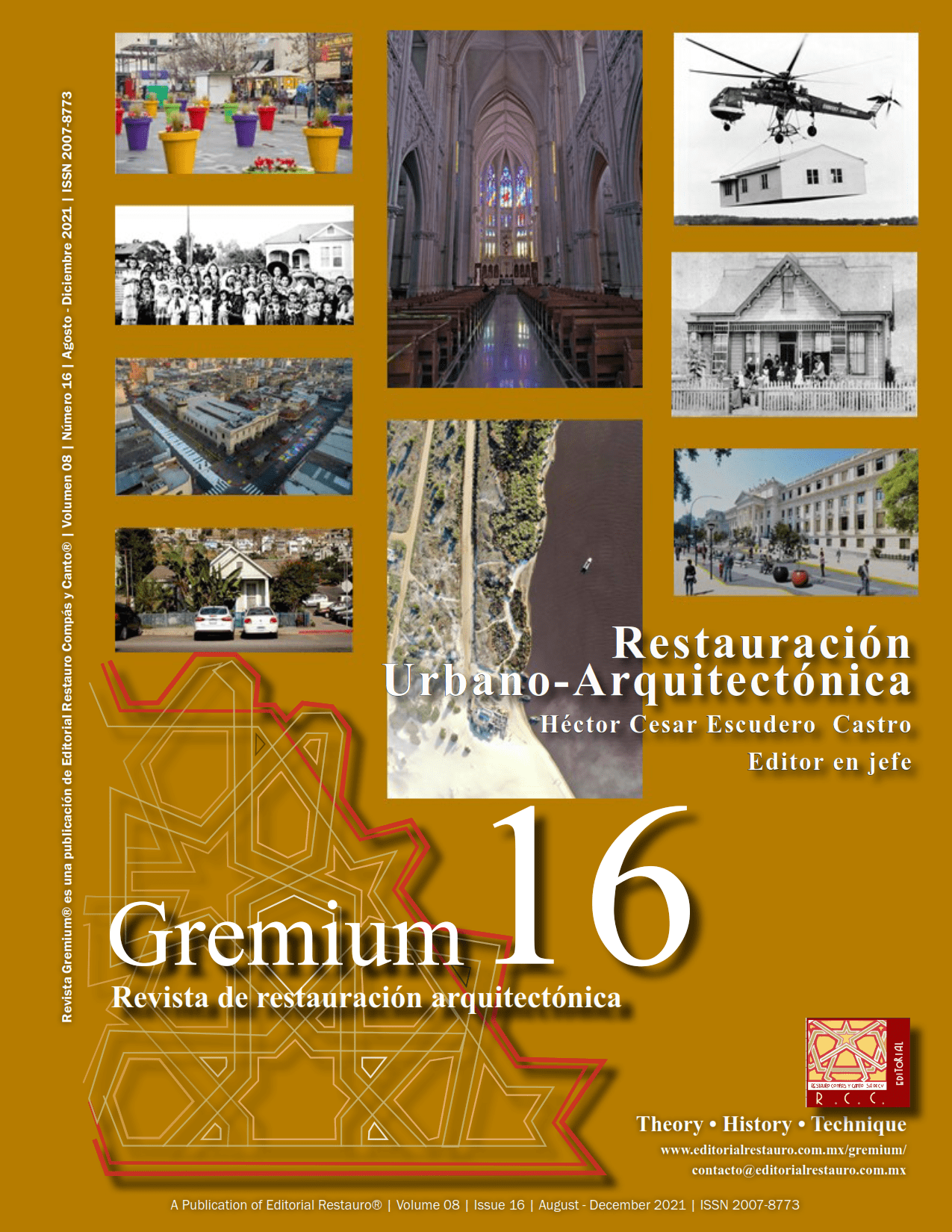The insertion of neogothic architecture in Mexico’s cultural heritage
DOI:
https://doi.org/10.56039/rgn16a03Keywords:
imported architecture, transculturation, heritageAbstract
The present research focuses in the Mexican neogothic architecture from a built heritage point of view. Buildings
of this architectural trend comprise a variety of material, urban and social conditions, making a challenging task
to include them in the present national politics of conservation. As a result, in the country these monuments
can be found in diverse states, from recently concluded to notoriously damaged. This article’s main purpose
is to demonstrate neogothic architecture’s value as Mexican patrimony through the analysis of its process of
transculturation. The study englobes the period since the arrival of the architectural style to Mexico in 1850
until 2019, focusing on those examples located at the states of Guanajuato and Mexico City. According to this
research’s findings, the neogothic buildings’ historical values, added to its adaptation to the local territory and
social context and its appropriation from the Mexican people, qualifies this architecture as part of the country’s
cultural heritage.
Downloads
Downloads
Published
Issue
Section
License

This work is licensed under a Creative Commons Attribution-NonCommercial-ShareAlike 4.0 International License.























